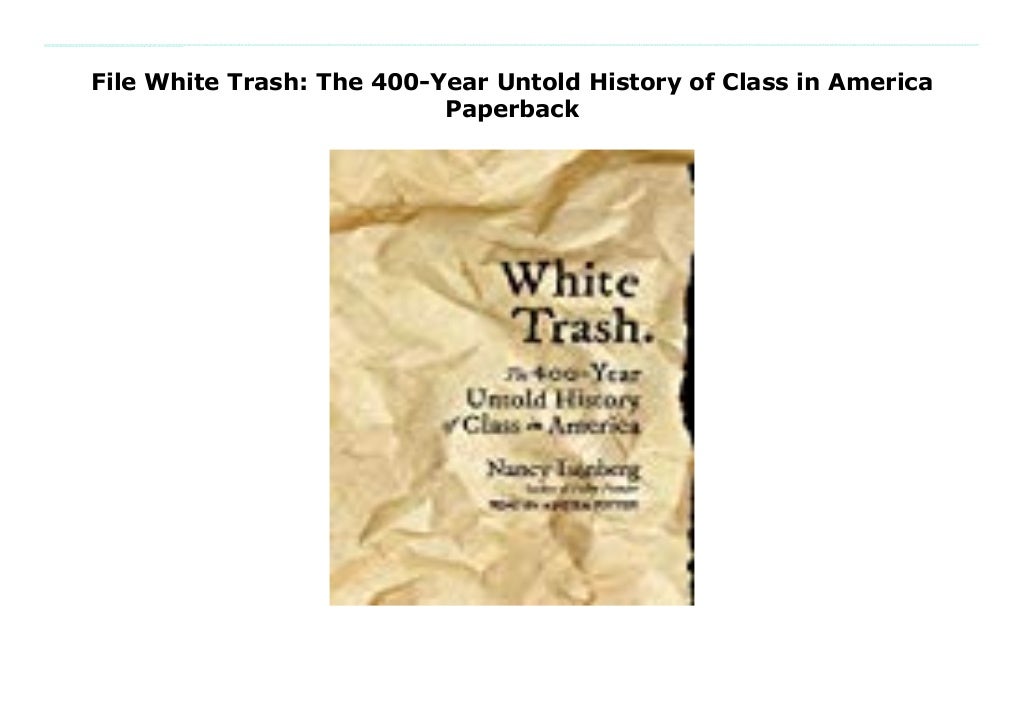

Historians of public policy, like the influential Michael B. Labor and political historians in the 1970s and 1980s recovered a forgotten history of blue-collar consciousness and grass-roots radicalism, from the Workingmen’s Party in Andrew Jackson’s America to the late-19th-century populists of upcountry Georgia to the Depression-era leftist unions of the Congress of Industrial Organizations. Du Bois interpreted Reconstruction as a great class rebellion, as freed slaves fought to control their own working conditions and wages.

The prolific Charles and Mary Beard, progressive historians in the first third of the 20th century, reinterpreted American history as a struggle for economic power between the haves and have-nots. In “White Trash,” Nancy Isenberg joins a long list of historians over the last century who have sent Sombart’s theory crashing on the shoals of history. The bowing and scraping before the ‘upper classes,’ which produces such an unpleasant impression in Europe, is completely unknown.” Class consciousness in America, he contended, foundered “on the shoals of roast beef and apple pie.” Sombart was among the first scholars to ask the question, “Why is there no socialism in the United States?” His answer, now solidified into conventional wisdom about American exceptionalism, was simple: “America is a freer and more egalitarian society than Europe.” In the United States, he argued, “there is not the stigma of being the class apart that almost all European workers have about them. . .

No line about class in the United States is more famous than the one written by the German sociologist Werner Sombart in 1906. WHITE TRASH The 400-Year Untold History of Class in America By Nancy Isenberg Illustrated.


 0 kommentar(er)
0 kommentar(er)
